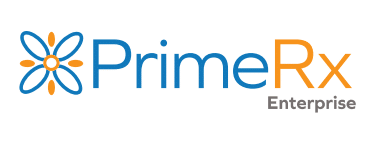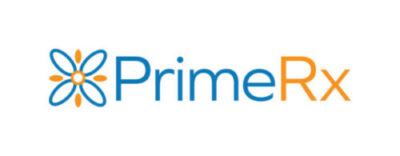The Hidden Costs of Pharmacy Compliance: Top Issues and Technology-Based Solutions

Compliance requirements place significant financial and operational burdens on pharmacies. These mandates stem from federal, state, and local laws, regulatory agencies like CMS and the FDA, state boards, and PBMs, requiring accurate and timely adherence.
Costs include licensing fees, registration expenses, and the rising frequency of audits. In 2020, the average compliance audit cost pharmacies $23,978—a 35% increase over five years (Pharmacy Times).
Streamline your compliance process. Download our white paper to discover tools and strategies that reduce costs, optimize workflows, and help your pharmacy thrive in a complex regulatory environment.




About PrimeRx
PrimeRx enhances your pharmacy’s financial health by streamlining operational workflows. With a team of pharmacists and business experts who understand the day-to-day challenges you face, we “speak the language of pharmacists” and know what it takes to improve the financial success of your business.

We offer solutions that address the specific needs of all pharmacy types — and your unique preferences.
Compare our package solutions.
Select a Package
PrimeRx Essentials Package
This package is a great solution for core functions and new pharmacies
Included Features:
Prior Authorization Manager
Electronic Signature Capture
Document Management Solution
Controlled Substance Reporting
(Includes 1 state)
PrimePORTAL
PrimeRx Owners App
Care Plan Management
Point Of Sale Bundle
PrimeRx Pro Package
The Pro Package includes advanced functionalities for more complex use casesIncluded Features:
Prior Authorization Manager
Electronic Signature Capture
Document Management Solution
Controlled Substance Reporting
(Includes 1 state)
PrimePORTAL
PrimeRx Owners App
Care Plan Management
Point Of Sale Bundle
Patient Engagement Bundle
FillMyRefills™
Two-Way SMS
(Includes 3,000 messages/month)
Text2Pay
PrimeRx Plus Package
The Plus Package introduces Enterprise grade functionality for multi-store and health systems pharmacies
Included Features:
Prior Authorization Manager
Electronic Signature Capture
Document Management Solution
Controlled Substance Reporting
(Includes 1 state)
PrimePORTAL
PrimeRx Owners App
Care Plan Management
eFax
(Includes 1,000 pages/month)
Point Of Sale Bundle
Patient Engagement Bundle
FillMyRefills™
Two-Way SMS
(Includes 3,000 messages/month)
Text2Pay
Enterprise Bundle
- PrimeRx
Essentials - PrimeRx
Pro - PrimeRx
Plus
| Included Features | PrimeRx Essentials | PrimeRx Pro | PrimeRx Plus |
| Included Features | |||
| Prior Authorization Manager | |||
| Electronic Signature Capture | |||
| Document Management Solution | |||
| Controlled Substance Reporting | Includes 1 state | Includes 1 state | Includes 1 state |
| Customer Portal | |||
| PrimeRx Owners App | |||
| Care Plan Management | |||
| eFax | Includes 1,000 pages/month | ||
| Point Of Sale Bundle | |||
| Point of Sale | |||
| Delivery Management Solution | |||
| Patient Engagement Bundle | |||
| FillMyRefills™ | |||
| Two-Way SMS | Includes 3,000 messages/month | Includes 3,000 messages/month | |
| Text2Pay | |||
| Enterprise Bundle | |||
| Custom Workflow | |||
| Task Manager | See a Demo |
- PrimeRx
Essentials - PrimeRx
Pro - PrimeRx
Plus
| Included Features | PrimeRx Essentials | PrimeRx Pro | PrimeRx Plus |
| Included Features | |||
| Electronic Signature Capture | |||
| Document Management Solution | |||
| Controlled Substance Reporting | Includes 1 state | Includes 1 state | Includes 1 state |
| PrimePORTAL | |||
| PrimeRx Owners App | |||
| CPESN | |||
| PrimeCOMM™ | Includes 3,000 messages/month | Includes 3,000 messages/month | |
| PrimeFax™ | Includes 1,000 pages/month | ||
| Point Of Sale Bundle | |||
| Point of Sale | |||
| Delivery Management Solution | |||
| Patient Engagement Bundle | |||
| FillMyRefills™ | |||
| Two-Way SMS | |||
| PrimeRxPAY™ | |||
| Enterprise Bundle | |||
| Prior Authorization Manager | |||
| Task Manager | |||
| Custom Workflow | See a Demo |

